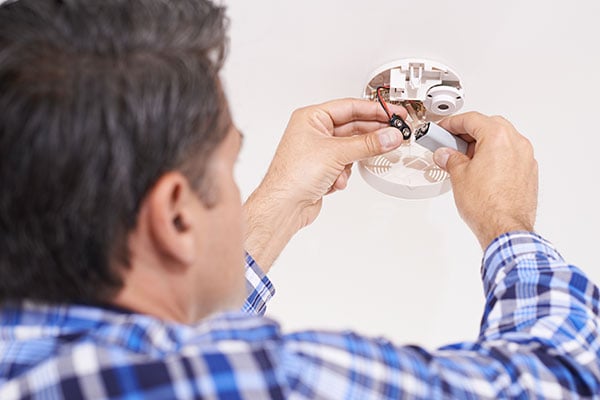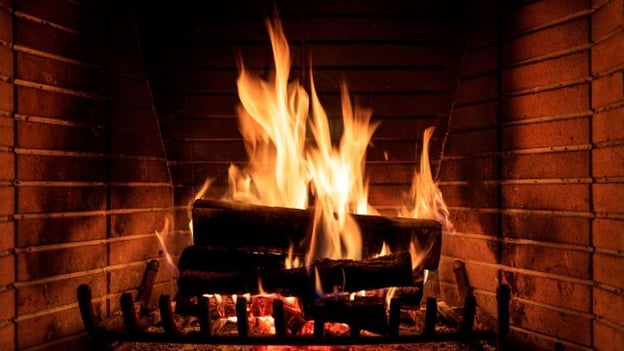Your homeowners association should have a protocol in place this winter season when it comes to chimney safety. A chimney fire is one of the worst things that could happen to your family during the winter season. Many folks have compared the sound to the “roar of a jet engine.” When starting your fireplace, if you hear a rumbling sound, like thunder, then get out of the house and call the fire department immediately.
The Importance of Fireplace Safety
Experts say that chimney fires are a common occurrence for people who heat their homes with wood. But these chimney fires can be prevented with annual maintenance and preparation. Using firewood as a primary source of heat is a very popular way to keep our homes warm in the winter. However, as a result, every winter, firefighters are called on to deal with chimney fires. The early part of the winter season is the prime time for these fires to happen, with the majority of calls happening in November, December, and January.
A chimney fire starts from the base of the chimney all the way up to the roof. When a fire starts, you should see sparks and flames coming out of the chimney. If you have a chimney fire, you must treat it seriously. Firefighters suggest closing the dampers on your stove, getting out of your home, and calling 911 immediately. Firefighters also suggest that the common suggestion of pouring baking soda or salt in your chimney to try and fight the fire yourself is not a good idea. These fires can escape through liner cracks and into the structure of a home, where they will go undetected until major damage has been done.
How To Prepare Your Fireplace for Winter
There are plenty of things homeowners can do to prevent the buildup of creosote (the main culprit in chimney fires). Woodstove users should keep their fires as hot as possible. When a fire is smoldered and dampened, it produces lower temperatures, and that smoke, filled with unburned particles, quickly condenses on chimney walls. Superheated fires burn “clean” and draw out the smoke more effectively. Homeowners with freestanding stoves should regulate the stove temperatures by letting the fire go out or opening a window in the room. Do not dampen the fire down.
Experts also recommend that you do not burn green or unseasoned wood. Proper firewood takes about a year to dry out so it can safely be burned. Correctly seasoned firewood should have a moisture content below 20%. The best way to achieve this is to stack wood flat on pallets to keep it off the ground and by covering the top with pallets and have the sides open to the air.
Experts also recommend that the firewood that homeowners buy is properly dried or stored for a year before using. Woodstove moisture meters are also available at home improvement stores for about $25. Having your chimney cleaned at least once per year is probably the easiest and most common way to prevent these fires. Your association may require that you get this done every year.
Final Thoughts
Homeowner and condo associations should conduct fire drills, and safety inspections, enact rules banning certain fire hazards (for condo buildings), conduct fire extinguisher checks, and know how often their buildings need to be inspected.
Fireplaces and woodstoves provide an affordable, traditional, and comfortable means of heating your home. With the right preventative maintenance, your fireplace can be as safe as any other system in your home!





